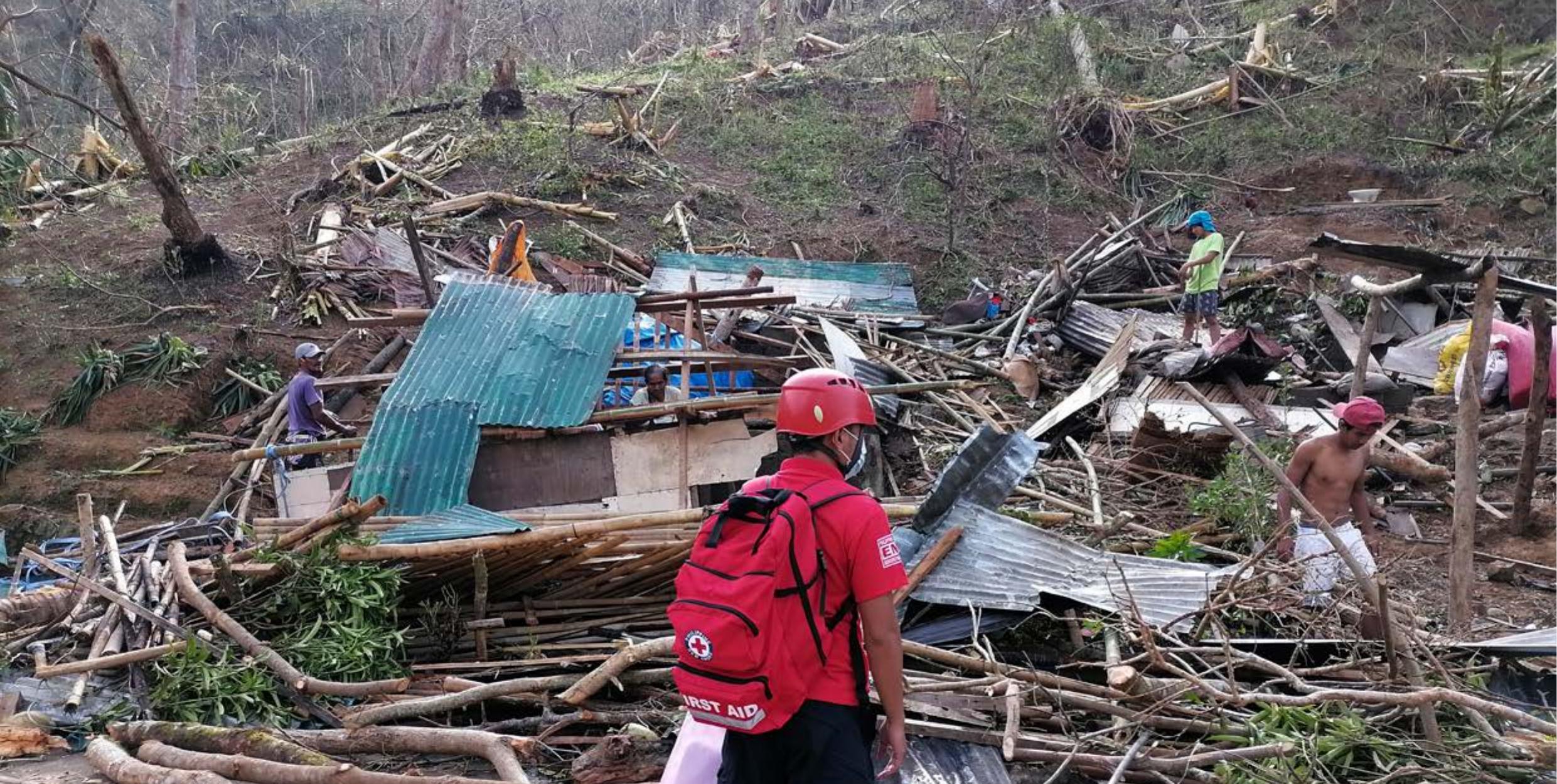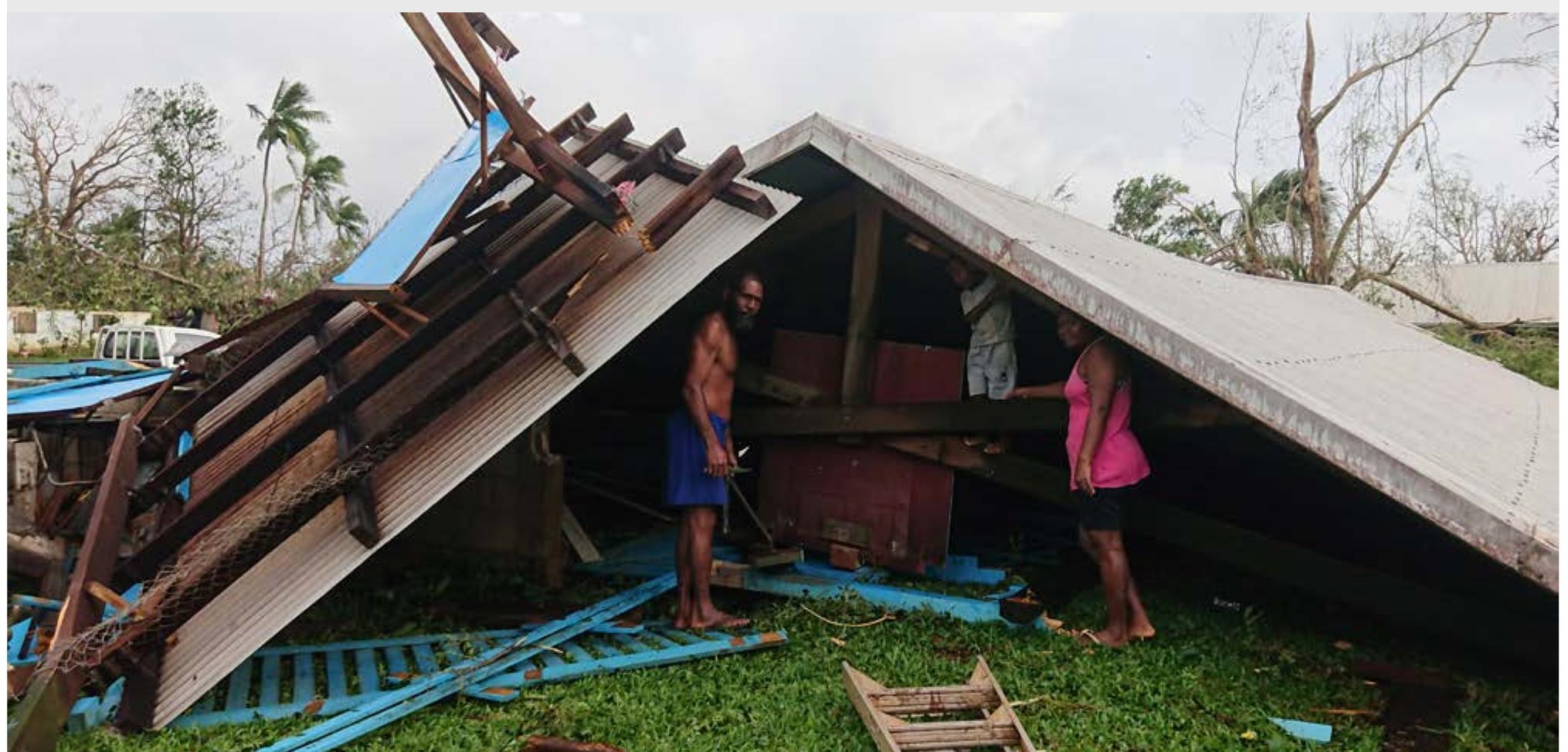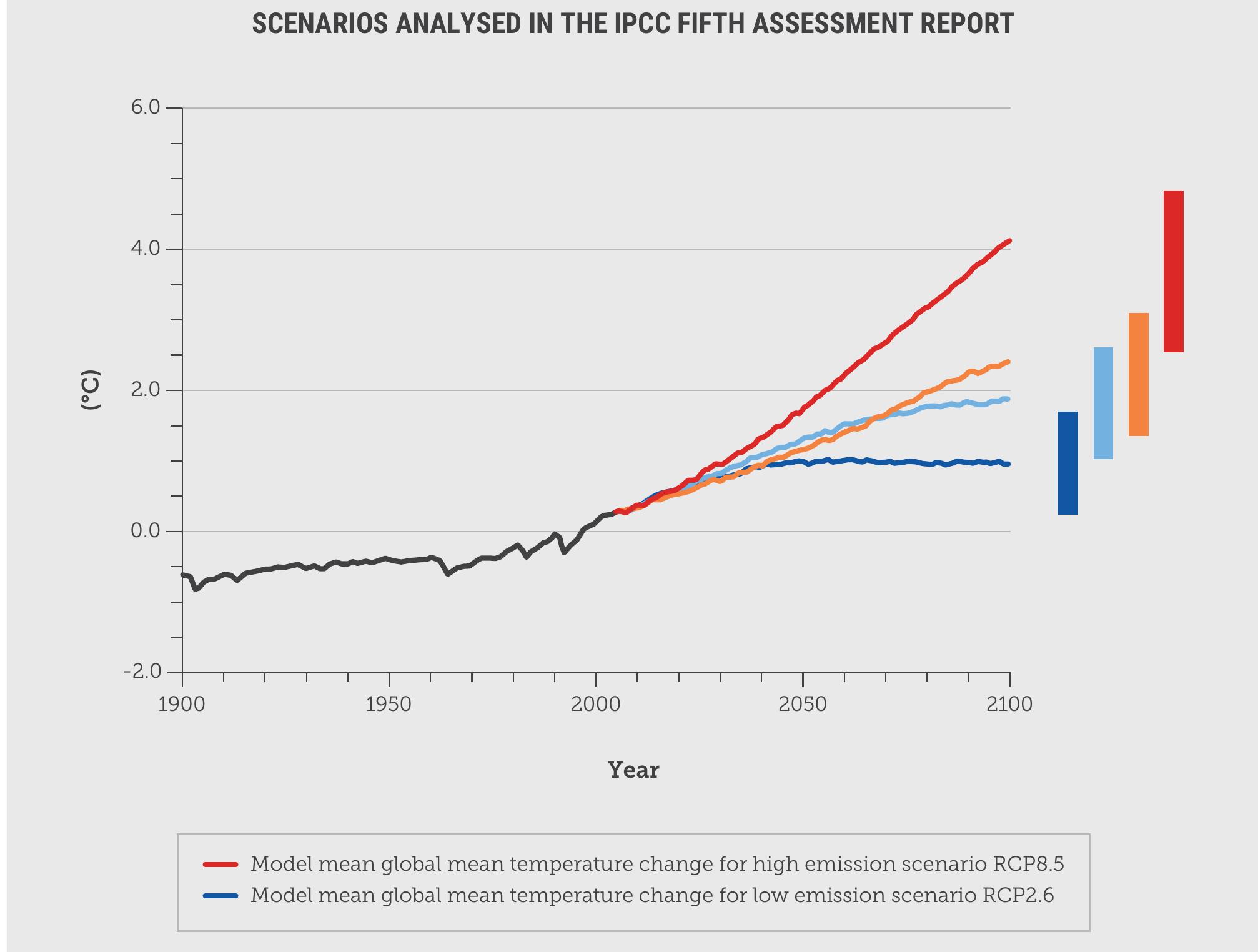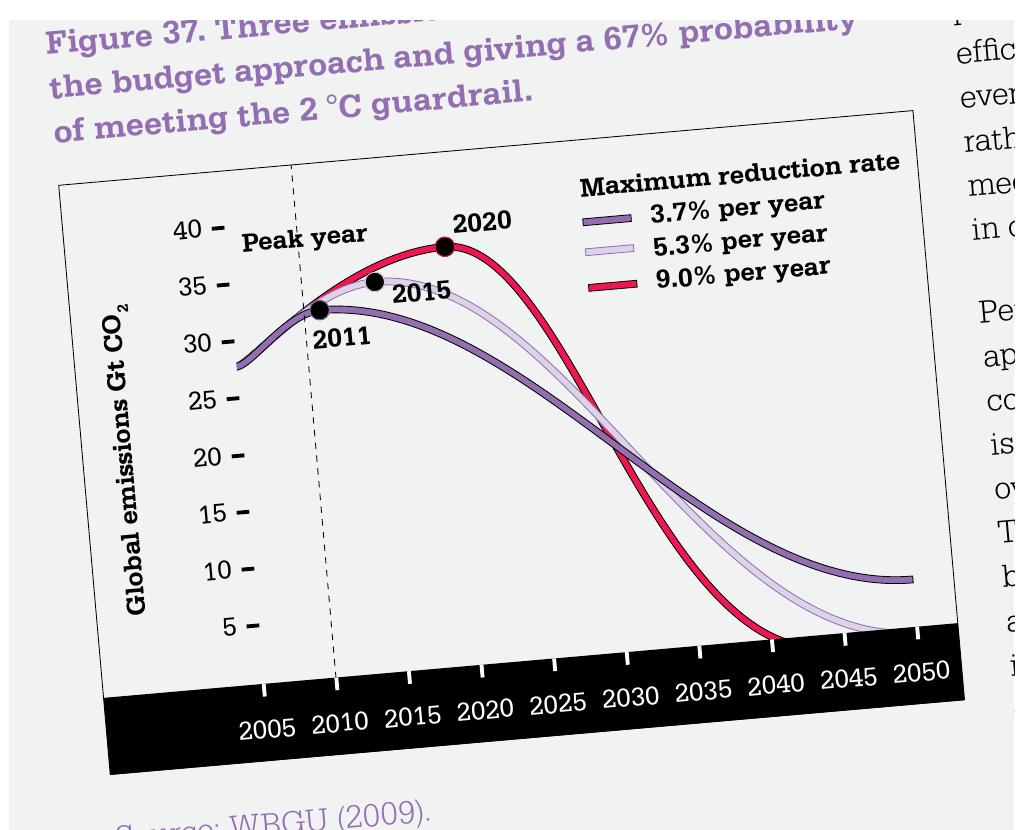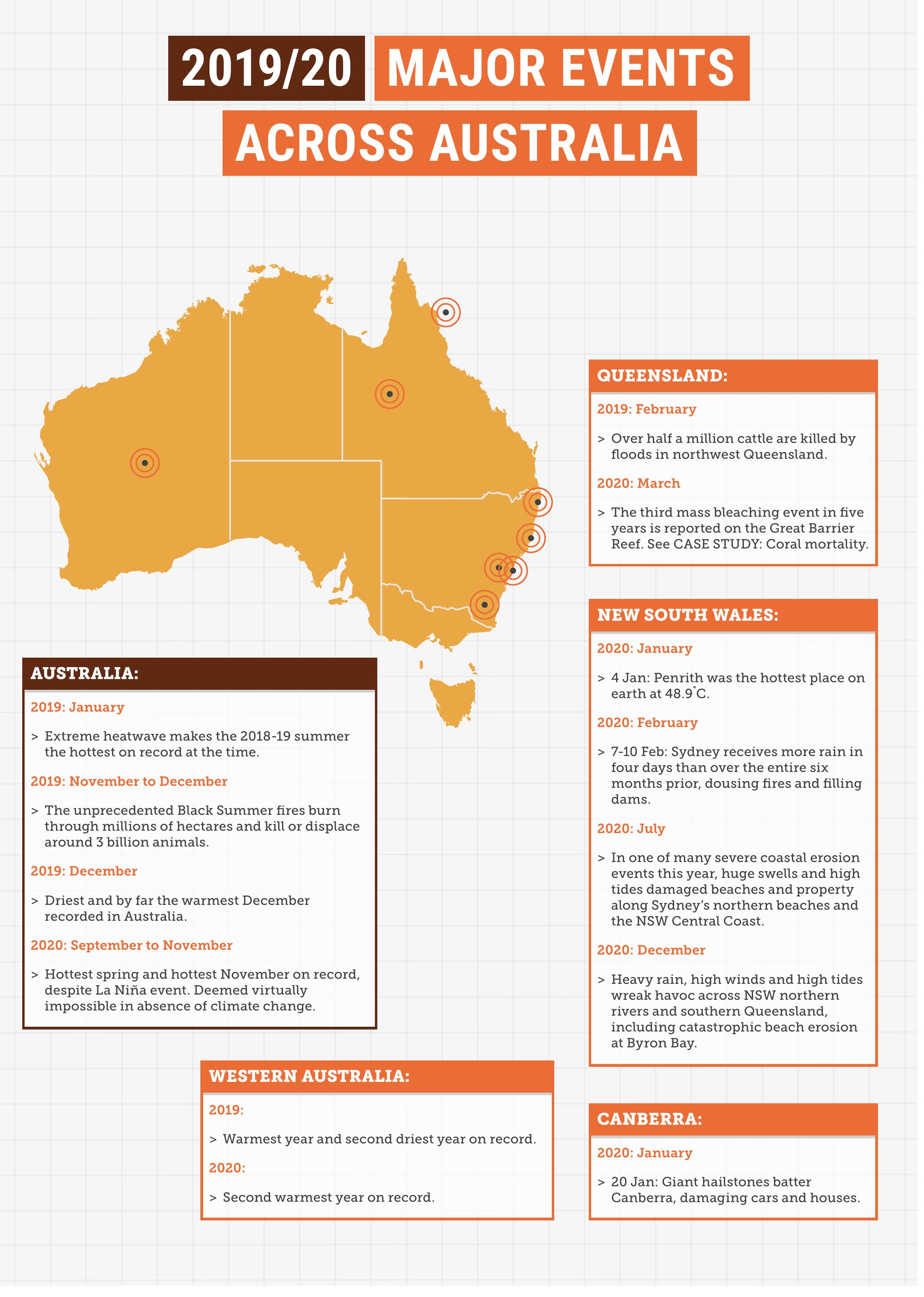Figure 10 – uploaded by Simon Bradshaw

Figure 10 The boxes represent the 25" to 75" percentiles, with the line in the middle the median. The vertical lines extend to 1.5 times this middle 50%, and the dots are outliers. The numbers connote different biome types from a classification scheme used by WWF: 1. tropical and subtropical moist broadleaf forests | 2. tropical and subtropical dry broadleaf forests | 3. tropical and subtropical coniferous forests | 4. temperate broadleaf and mixed forests | 5. temperate conifer forests | 6. boreal forests/ taiga | 12. Mediterranean forests, woodlands and scrub. The red horizontal line indicates the area of Australia’s temperate broadleaf and mixed forest that burned in 2019-20.





